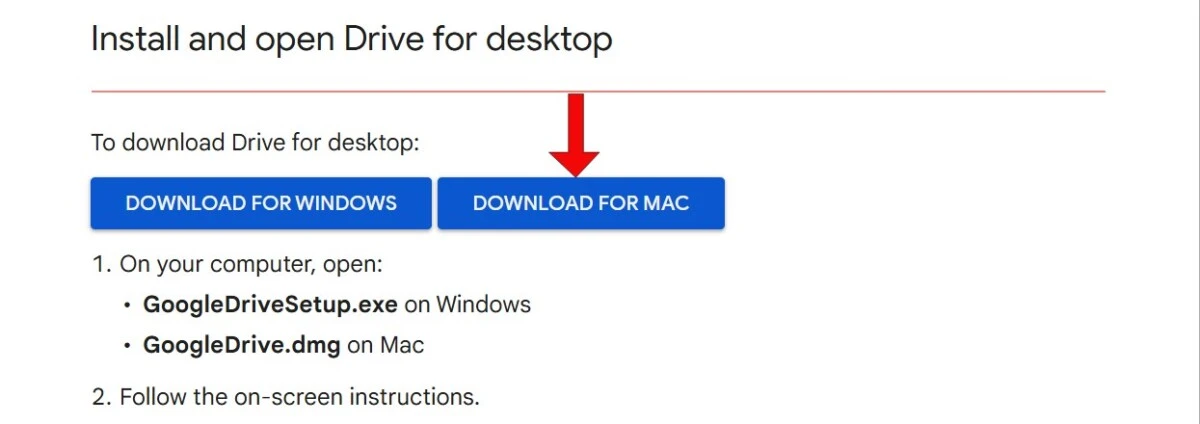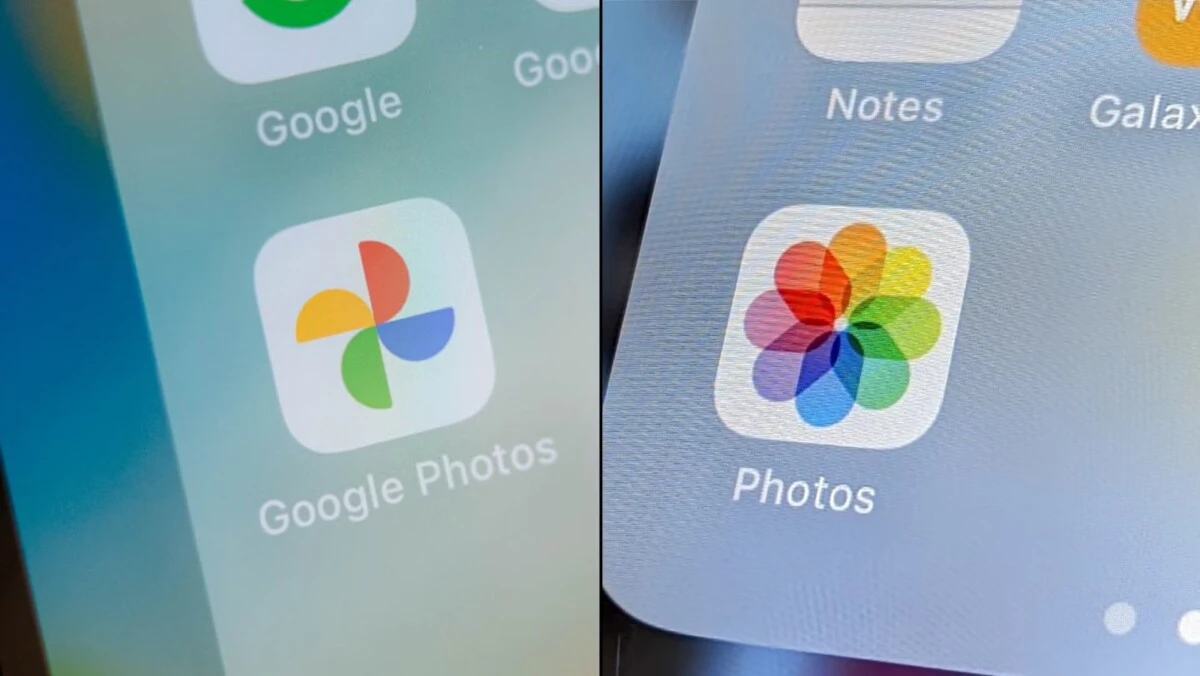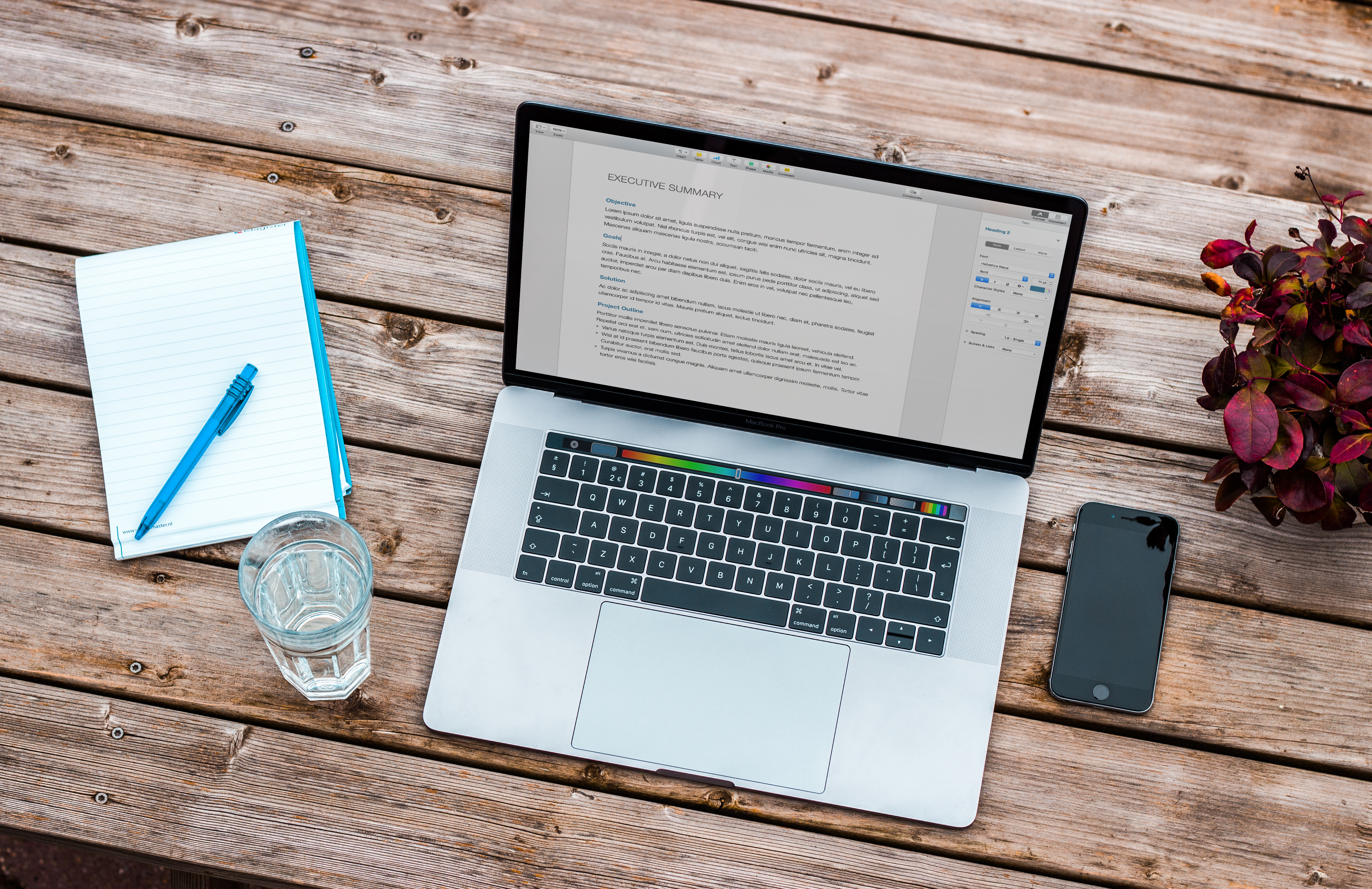
Organizing your photos is easy on a Mac with Google Photos, a versatile platform that lets you store, manage and share your memories. With Google Photos on Mac, you get to make sure your images are backed up safely on their databases in all the devices you own.
Google Photos does not have an official Mac app that lets you sync your photos with ease, but you can do that with the Google Drive for desktop app. This setup allows you to easily run photos on Mac and keep the cherished moments.
Setting Up Google Photos on Mac
Here’s how to get started:
1. Download Google Drive for Desktop: First, install the Google Drive for desktop app that makes it simple to sync your photos with Google Photos. Go to the Google Drive download page and choose the version you need on a Mac.

2. Install and Sign In: Open it and install the application as per onscreen instructions. Once installed, launch the app and sign in using your Google account credentials.
3. Setup Google Photos on Mac: Click the gear icon in the application to go to the settings. You’ll discover a choice to provide backup folders. To back up the photos to Google Photos, click on “Add folder” and pick folders with the photos you want to back up in Google Photos. Make sure that for each selected folder you turn on the option ‘Upload photos and videos to Google Photos’.
4. Sync Photos with Mac: To ensure continuous backup, the application will monitor the selected folders for any new photos or videos and automatically upload them to Google Photos. This setup allows you to sync photos with Mac, ensuring that any additions to your designated folders are reflected across all devices linked to your Google account.
Uploading and Syncing Photos
You can upload and sync your photos from a Mac to Google Photos manually or automatically, so you always have your memories at your fingertips.
To do a manual upload, in your browser visit photos.google.com and sign in, then click the upload button, and select images from your Mac. Install Google Drive for desktop to back up folders on your Mac to Google Photos automatically.
Not only is this setup good for your images as it safeguards them, but it also lets you sync Google Photos and easily access them from any device that is linked to your Google account.
Editing Photos with Google Photos
Google Photos makes it easy to spice up your photos on a Mac, thanks to a set of intuitive editing tools. You can access Google Photos in your web browser or the mobile app to edit your photos.
It comes with an editing interface that lets you do what you want to images; crop, adjust brightness and contrast and add lots of filters. These features enable you to effectively use Google to productively enhance photos so that all the photos look the way you want them to.
But for Mac users who want to use photo editing tools, Google Photos offers a selection. However, keep in mind that some of the more advanced features like Magic Editor and Magic Eraser are primarily accessed through the mobile app.
Sharing Memories
It’s a great pleasure to share your precious memories with your loved ones when you upload to Google Photos on your Mac.
Sharing Google photos is as easy as choosing the desired photos, clicking the “Share” button, and ticking the “Create shared album”. It lets you invite friends and family to view and contribute their own photos, creating a collaborative collection of moments.
You can also share individual photos from there by selecting the photo and clicking the “Share” button to send it via your chosen method.
Comparing Google Photos and Apple Photos

Choosing between Google Photos and Apple Photos depends on your specific needs and device preferences.
Google Photos offers 15GB of free storage shared across Google services, with paid plans starting at $1.99/month for 100GB. In contrast, Apple Photos provides 5GB of free iCloud storage, with upgrades beginning at $0.99/month for 50GB.
For editing, Apple Photos integrates seamlessly with iOS and macOS, offering intuitive tools and third-party app extensions. Google Photos provides AI-driven features like automatic enhancements and the “Magic Eraser,” though some are exclusive to Pixel devices or require a Google One subscription.
Accessibility-wise, Google Photos is cross-platform, available on iOS, Android, and web browsers, making it ideal for users with diverse devices. Apple Photos is deeply embedded in the Apple ecosystem, offering a cohesive experience for users with multiple Apple devices.
When you compare Google Photos and Apple Photos, consider your storage needs, desired editing capabilities, and device compatibility to determine the most suitable photo storage solutions for you.
Using Both iCloud and Google Photos
Creating backup photos on cloud by both using iCloud and Google Photos can ensure data safety and flexibility for all your stored memories. By this approach, your photos are safeguarded on two different platforms to prevent any data loss.
There’s a simple service from Apple to allow you to move a copy of your iCloud Photos to Google Photos. To begin, you simply sign in to your Apple ID at privacy.apple.com and choose ‘Transfer a copy of your data’ to get started. It takes between three to seven days to complete this process.
Downloading Photos from Google Photos to Mac
If you’re trying to download Google Photos to Mac, you’ll want to head to photos.google.com to sign in.
To download individual photos from cloud to your Mac, choose the image you wish to download, click the three-dot menu, and select ‘Download’. To download multiple images at once, simply hold down the Shift key when selecting images, then choose the three-dot menu and click ‘download’. This will compress those files into a ZIP folder before downloading.
If you want to get a more thorough backup, go to takeout.google.com, choose Google Photos, then press next to export your entire photo library. With these Google Photos download options, you are able to manage your photo collection in a proper way on your Mac.
Conclusion
With its impressive features, Google Photos makes it easy to store, organize, and share your cherished moments. The benefits of Google Photos on Mac extend beyond convenience, offering a reliable way to keep your memories safe and accessible across devices.
Whether you’re looking to manage memories on Mac or explore efficient cloud photo solutions, this platform provides the tools you need for a streamlined photo management experience. Check out its features today and see how effortlessly you can bring order to your photo collection.









All the download links I found were for mobile device. I would like to download Google Photos Drive to mac M2. Where could i find the download. Not in Apple Store for sure. thanks,
Hey, thanks for reaching out! To access Google Photos and Google Drive on a Mac, have you tried using Drive for desktop and backing up your photos to Google Photos there?